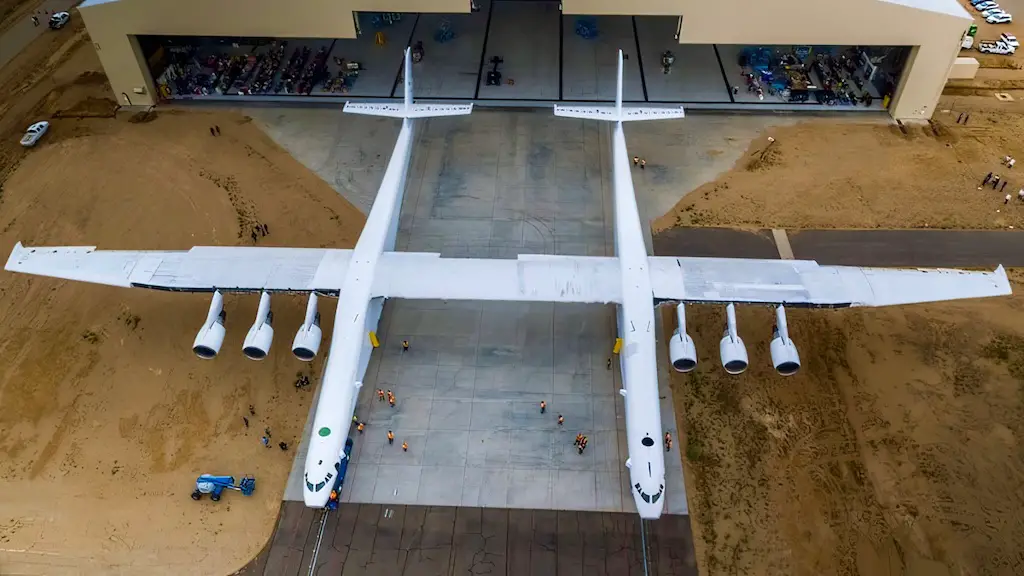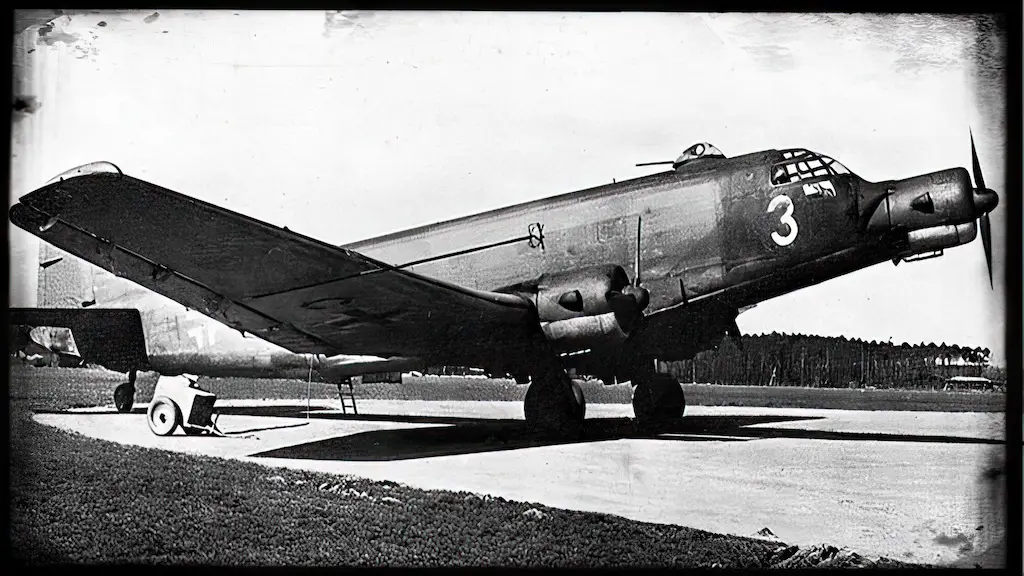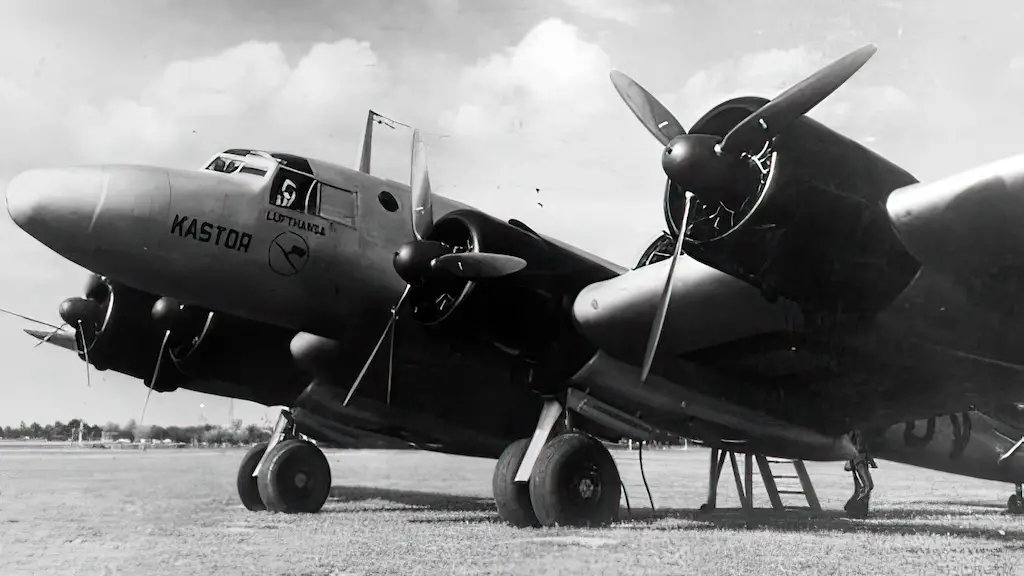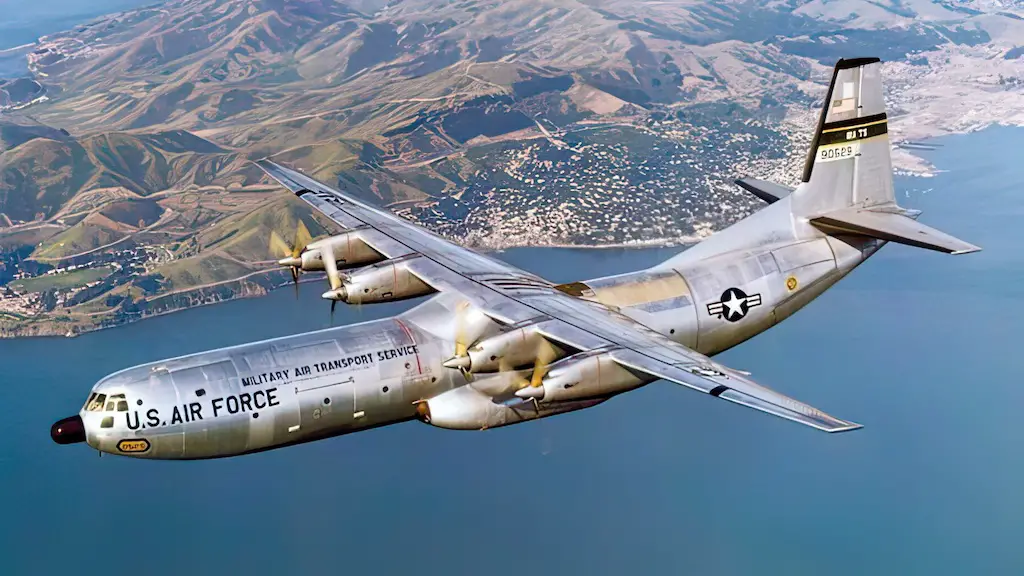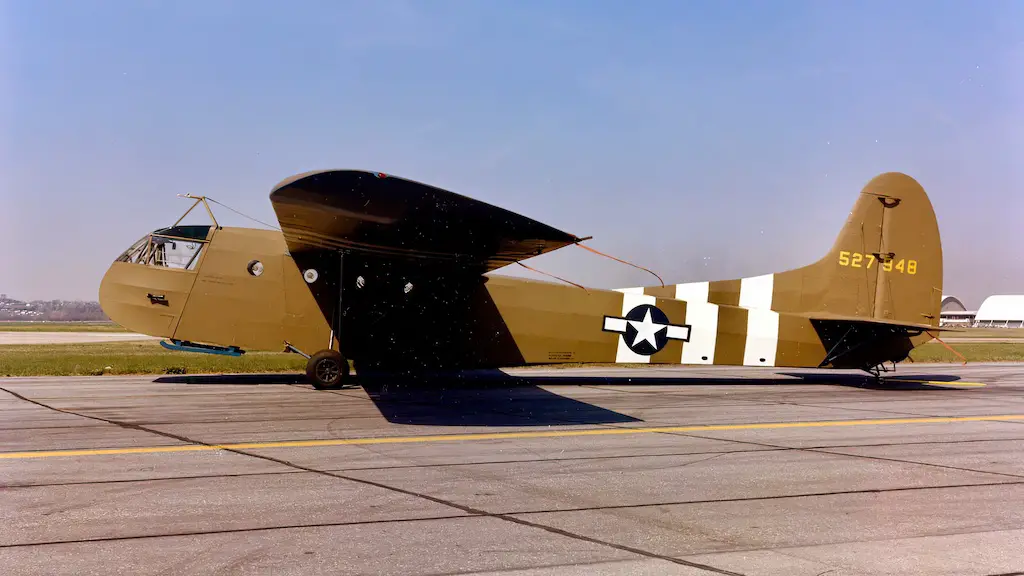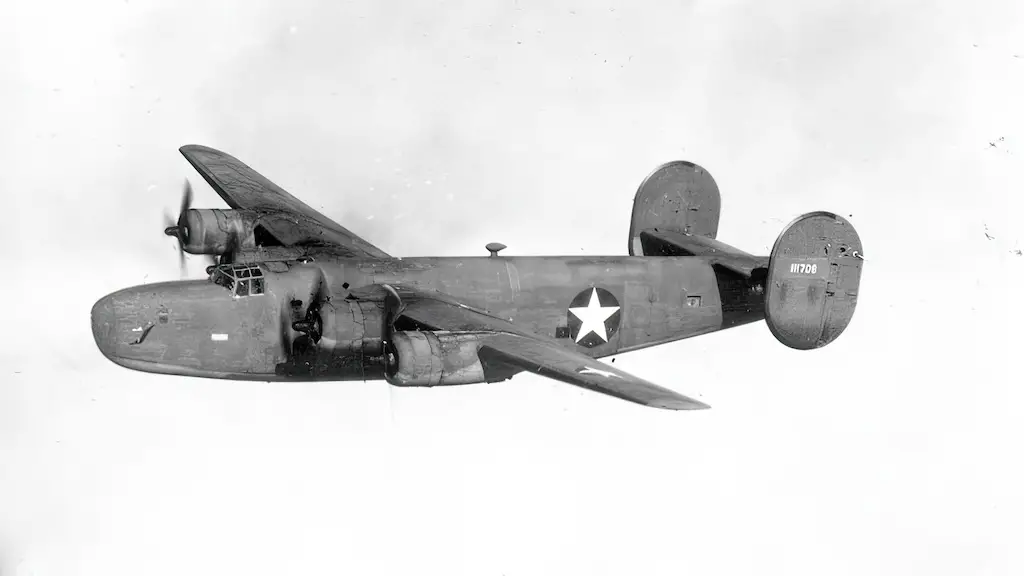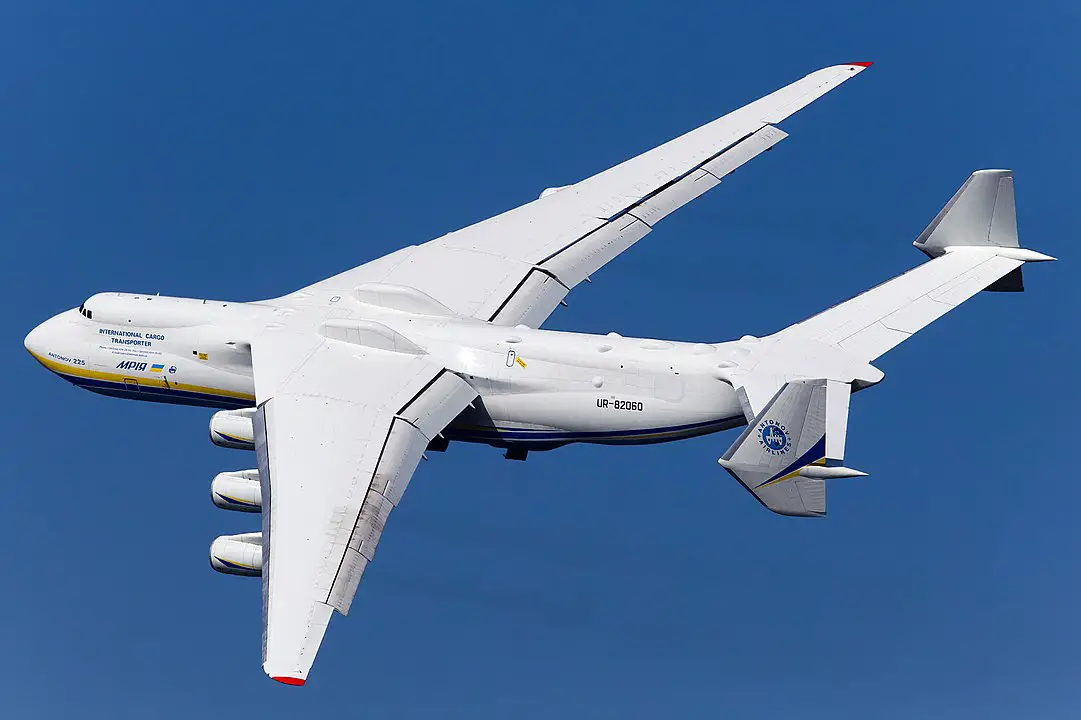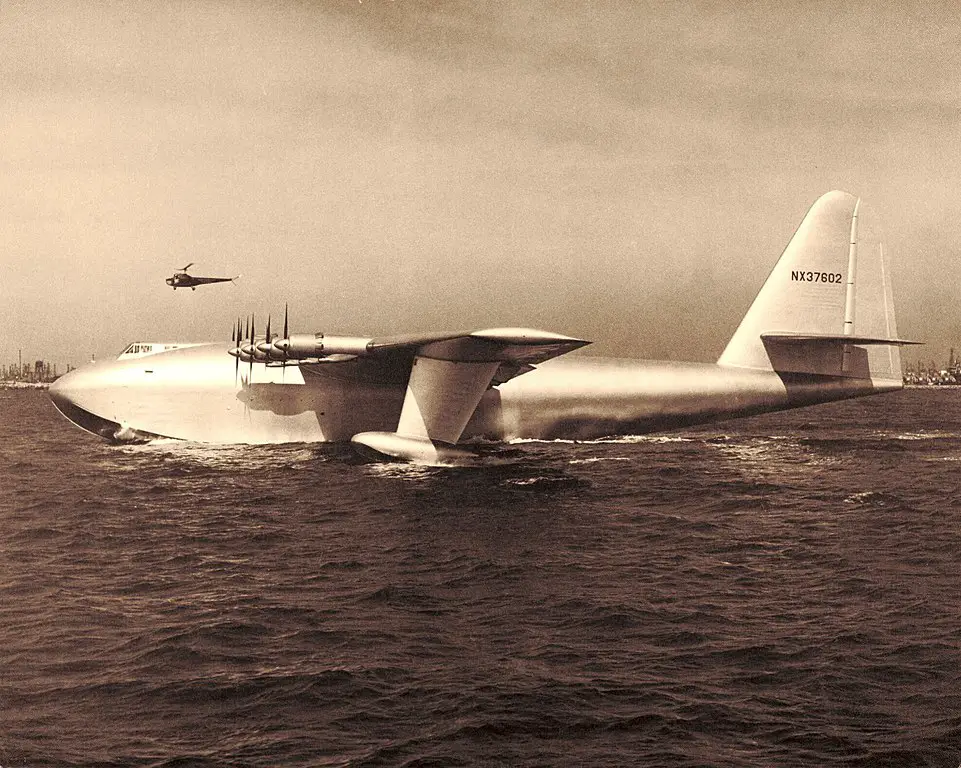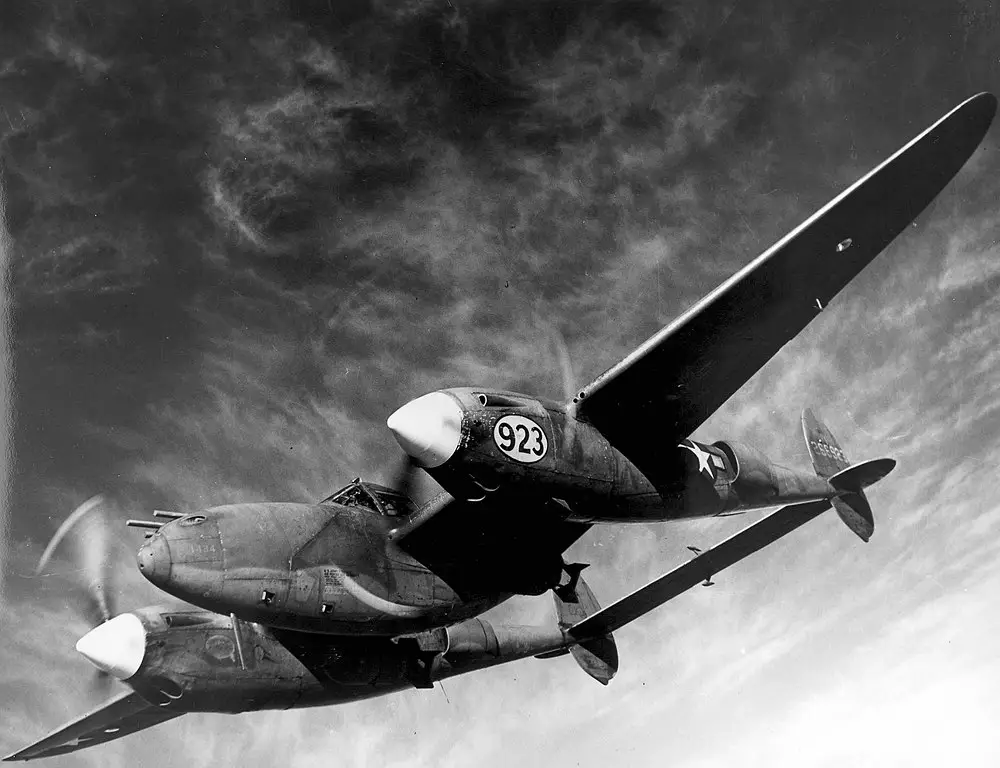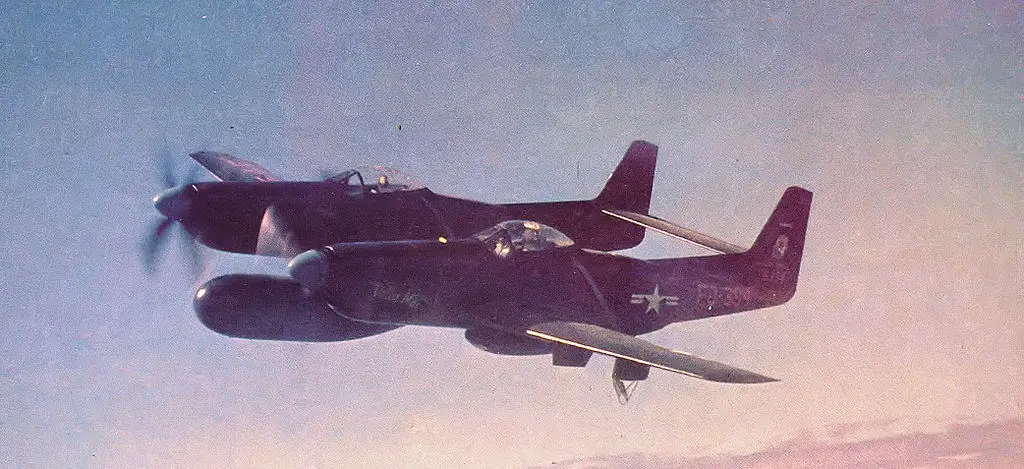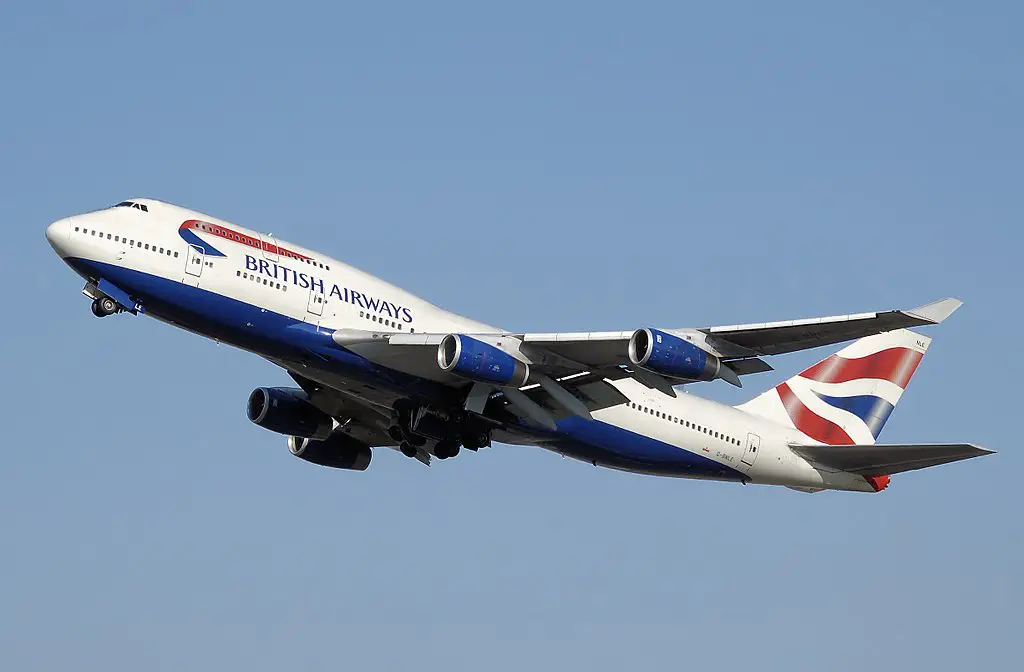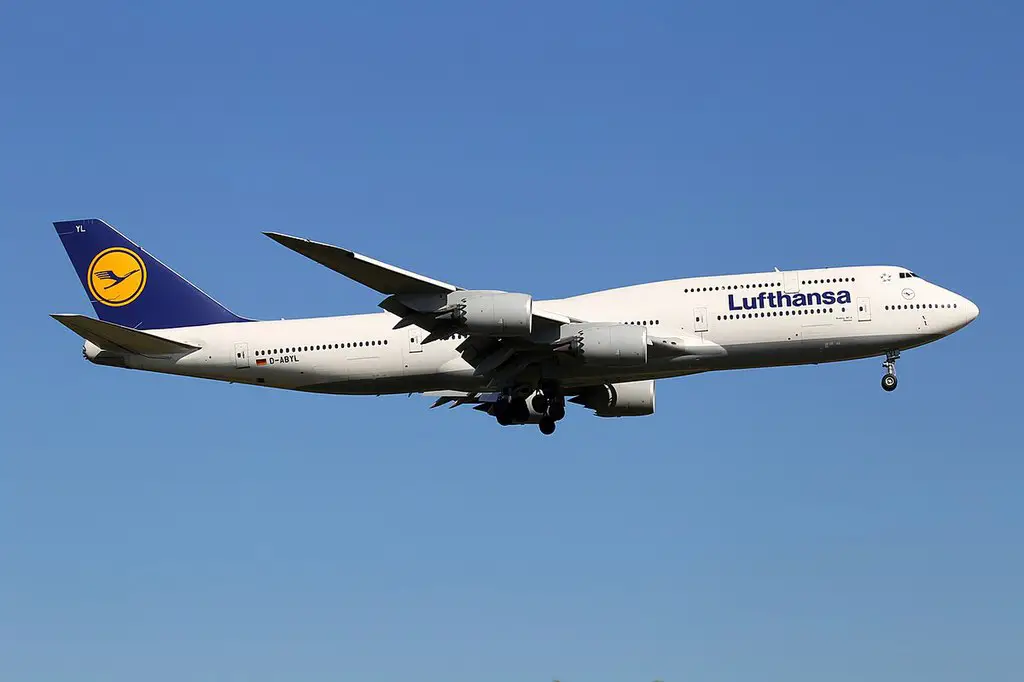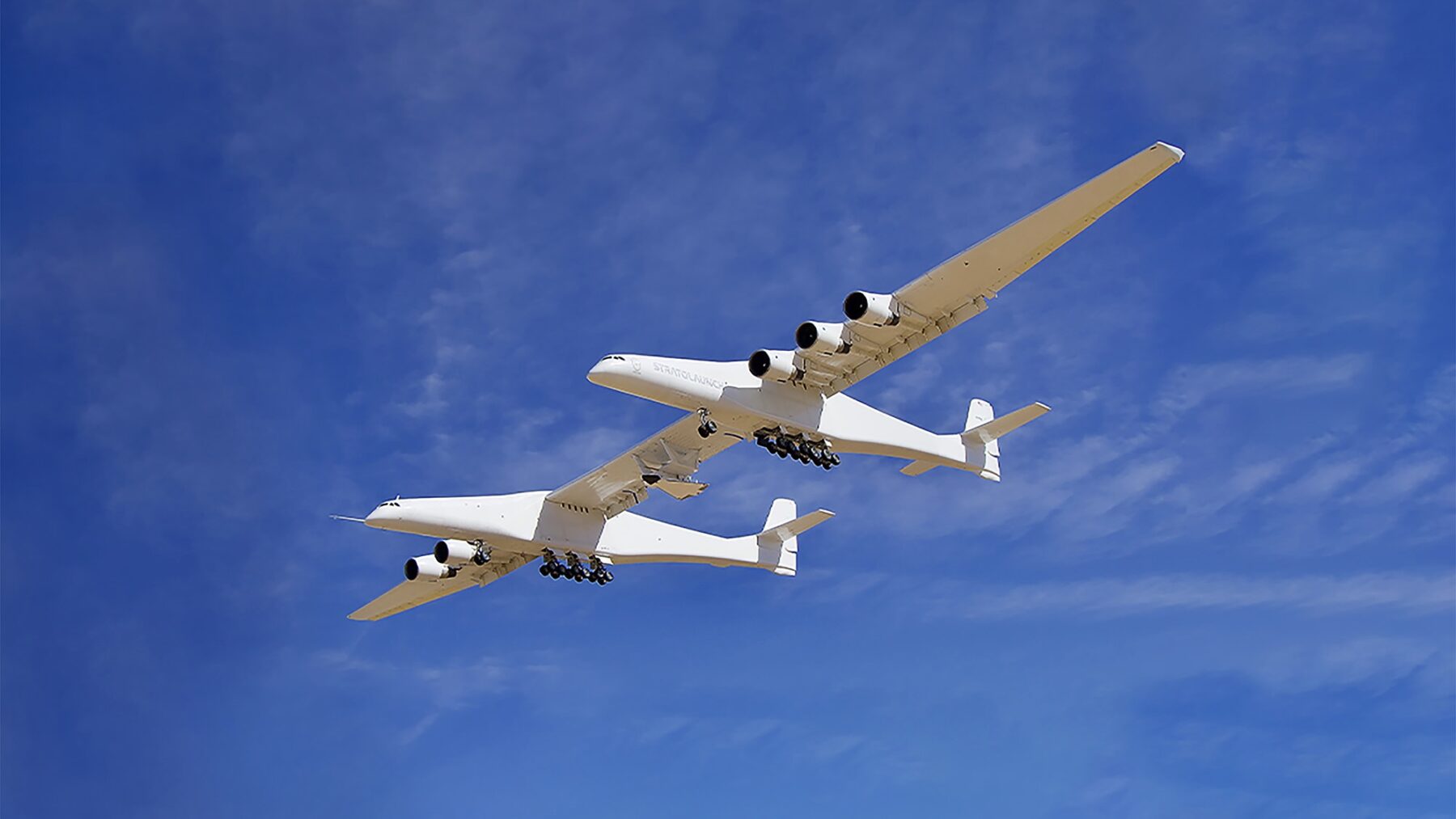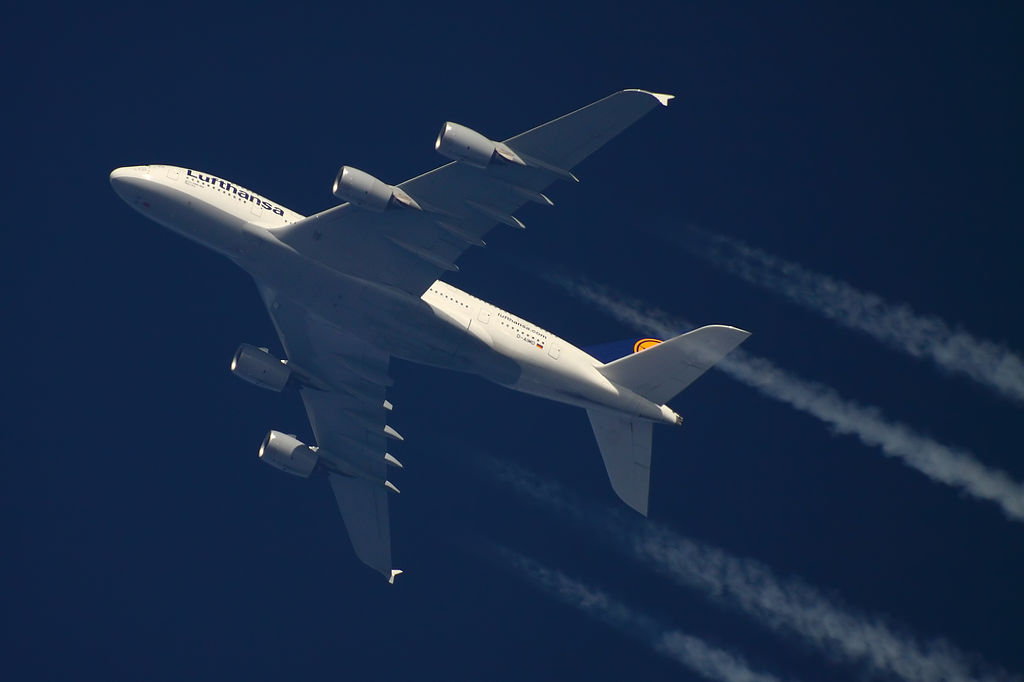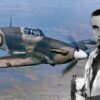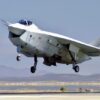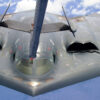Twin-fuselage aircraft, such as P-38 Lightning or F-82 Twin Mustang, are impressive in outlook in performance. But what if we put together two Boeing 747-400 airframes? Could they fly without breaking apart in the air? Would that monster even get off the ground? In fact, that’s just about what Scaled Composites did several years ago, and their creature seems to have no trouble taking off, flying into the stratosphere, or landing. With 358 ft from the tip of one wing to the tip of the other, the Stratolaunch Roc also holds the title of the world’s largest aircraft by wingspan, outsizing such giants as Airbus A380, Boeing 747-8, the recently destroyed Antonov An-225 Mriya, and the old timer flying boat Spruce Goose.
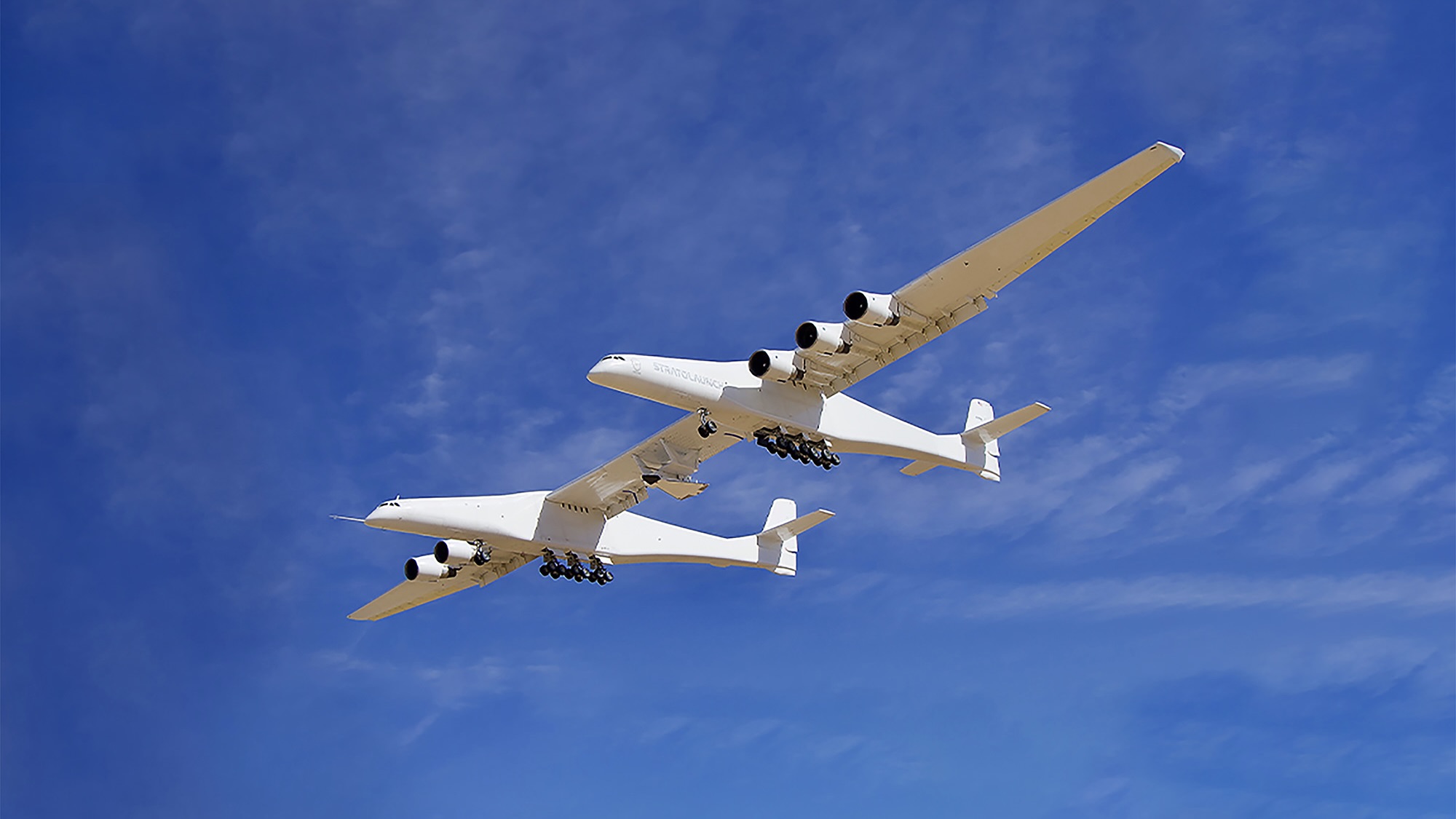
A purpose-driven design
The Roc is not a versatile transport aircraft for carrying all sorts of cargo. Its design featuring twin fuselage and a huge wing is defined by its specific role: being a mothership for air-launch-to-orbit rockets. Named after a legendary giant bird that could carry elephants into the air and equipped with six Pratt & Whitney PW4056 turbofans producing 56,750 lb of thrust each, the Roc can carry externally up to 550,000 lb of payload. Later this combination of enormous space between the fuselages and powerful engines also allowed it to take up the task of carrying hypersonic vehicles into the stratosphere.
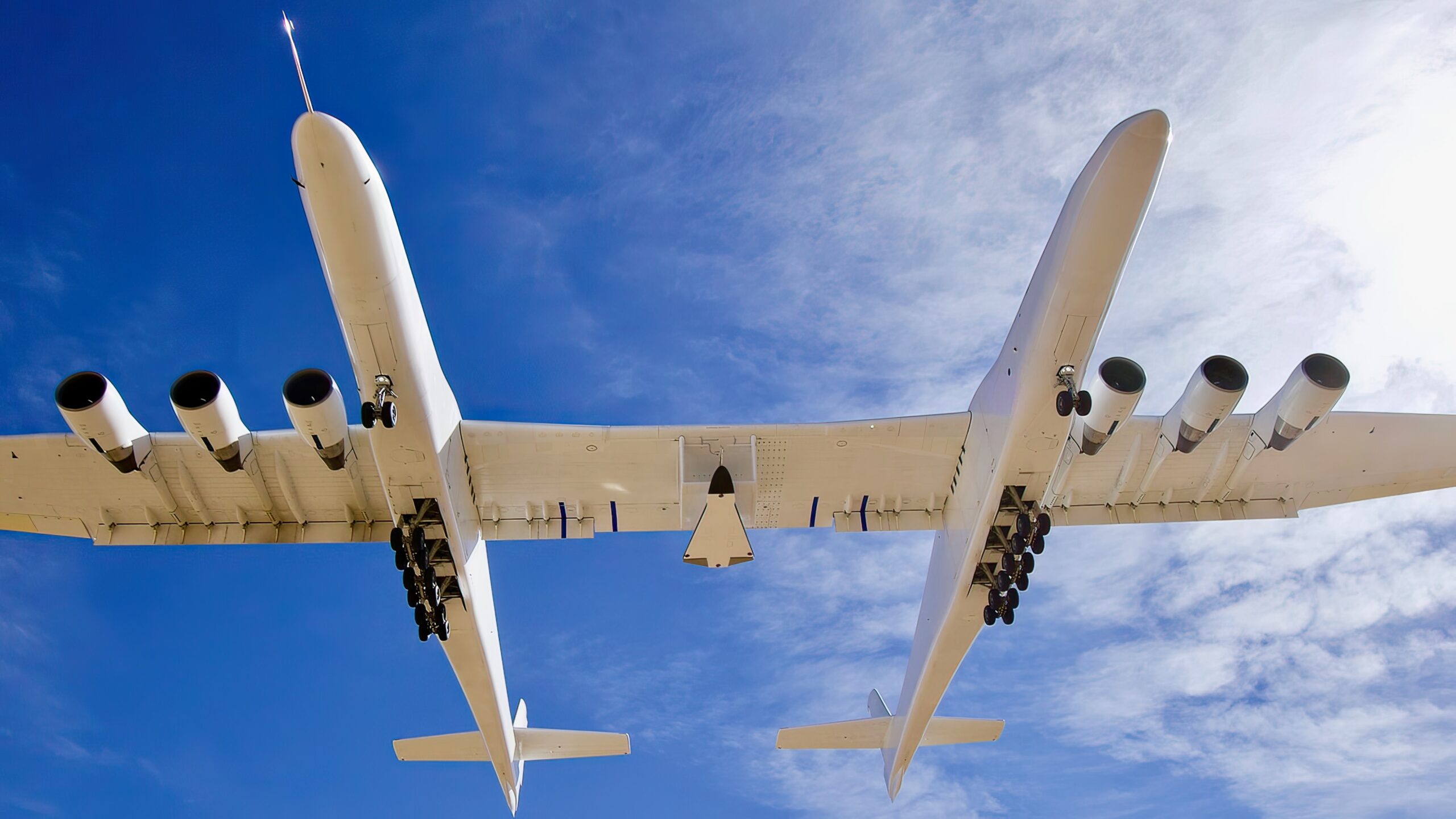
A triumph of composite engineering
Made out of carbon fire, the Roc is also the largest all-composite plane ever constructed. It was built for the Stratolaunch Systems by one of the most skilled company in composite aircraft manufacture, Scaled Composites. Despite its incredible wingspan, a length of 260 ft and height of some 50 ft, the aircraft has an empty weight of 500,000 lb, which, although a great figure, is less than, for example, the An-225 Mriya had. Many components, such as engines, landing gear, avionics, and the flight deck were adopted from Boeing 747-400 aircraft.
Roc’s first flight
The Roc’s development and testing wasn’t particularly quick. The project was first announced back in 2011, and the aircraft was rolled out in 2017. It performed its first flight two years later, in April 2019, at the Mojave Air and Space Port, California. Unfortunately, one of the project’s masterminds, Paul Allen did not live to see the aircraft’s maiden flight.
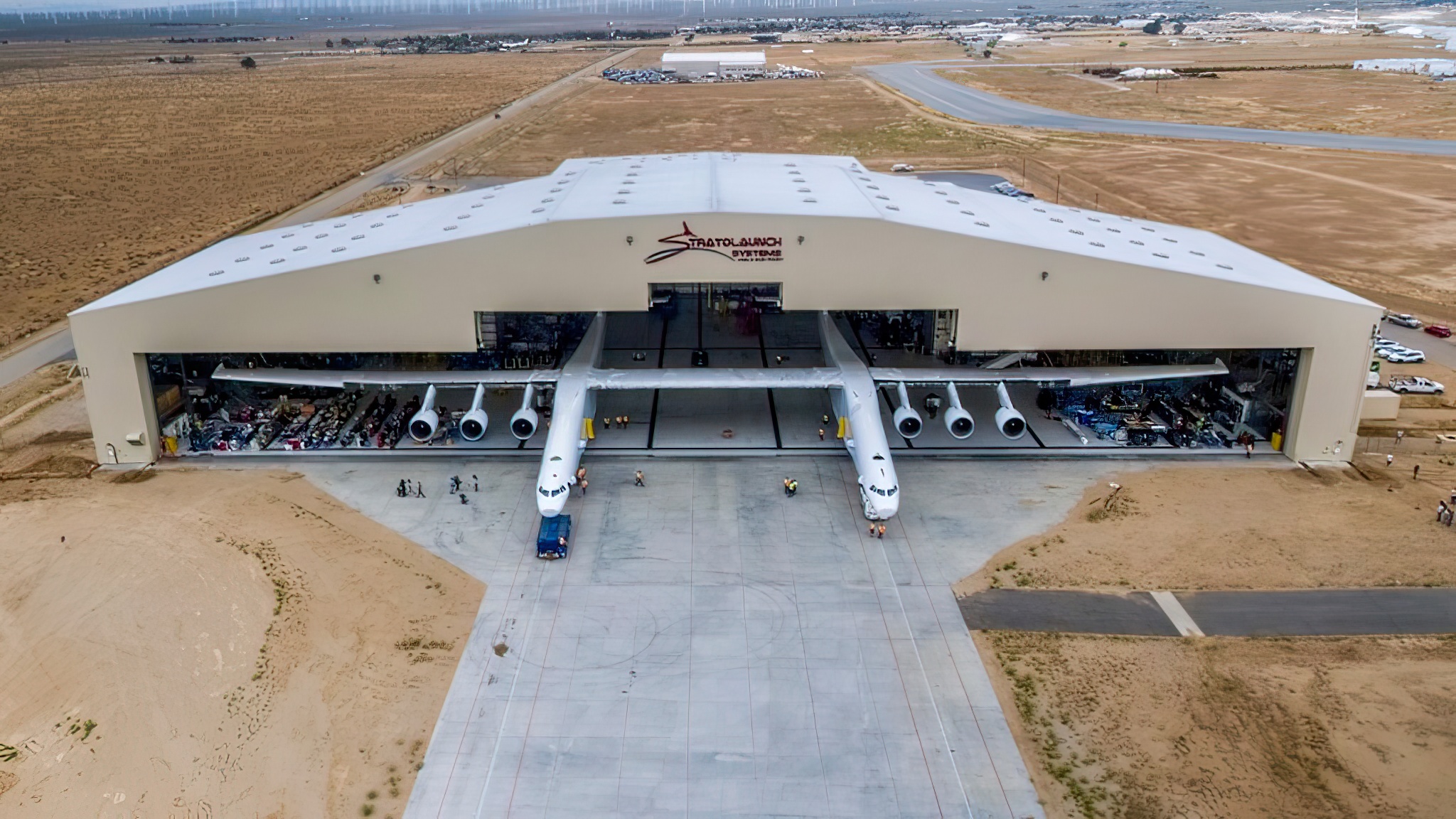
Ushering in the hypersonic age
After Stratolaunch Systems was sold to a new owner in 2019, the company changed its focus to the provision of high-speed flight test services. In particular, the sole existing Roc airframe has been involved in the development of the Talon-A reusable, rocket-powered, hypersonic flight vehicle. So far, the Roc has made eleven test flights, including four captive carry flights with the Talon-A separation test vehicle, TA-0. The Roc’s longest and highest flight to date took place in January 2023, and lasted over six hours at altitudes of up to 22,500 ft. And in May 2023, Stratolaunch successfully completed a separation release test of the Talon-A. Later in the summer of 2023, the company plans to perform its first hypersonic flight of the TA-1 expendable testbed.

